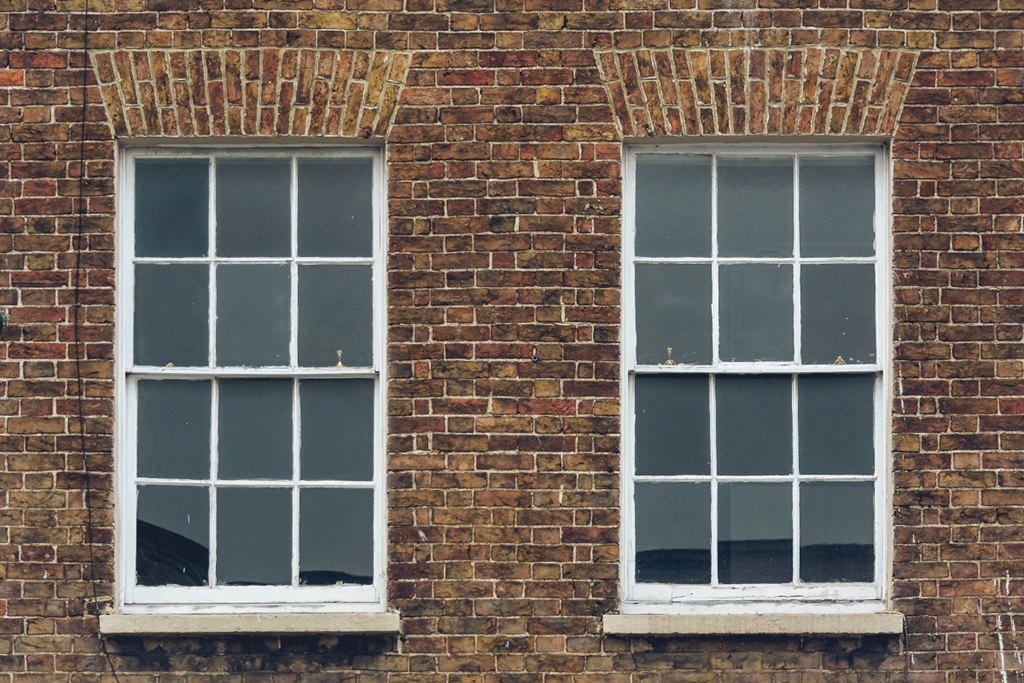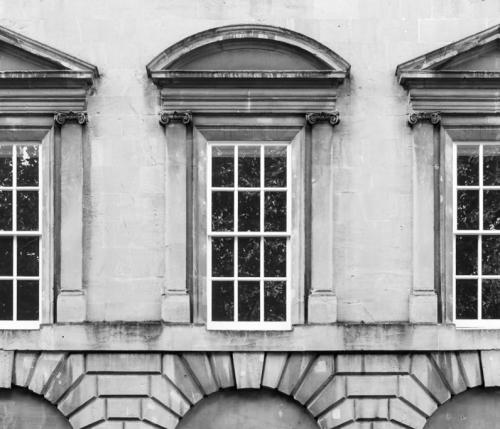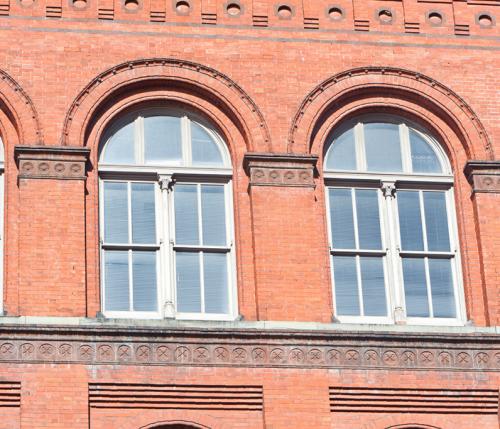Sliding sash windows are an iconic feature of the UK’s architectural landscape through the centuries. Many original timber sash windows still exist today in homes and heritage properties around the country, being carefully restored, maintained and looked after by specialist craftsmen. Conservation is a key concern and an increasingly important job. As one expert in the field explains: “Nearly 75% of the UK’s original box sash windows have been lost as a result of demolition, to make way for new buildings and new types of windows.”
There are no accurate records to date the first use of sash windows in the home. In the UK, it is accepted practice to date sash windows back to the 17th century and, more specifically, to the Great Fire of London in 1666. One of the key elements that were deemed to have caused the fire to spread was the window design, given casement windows that opened outwards could touch buildings on the other side of narrow lanes. This was addressed in the London Building Acts that were drawn up soon after.
Who ‘invented’ the sash window?
The famous British philosopher, architect and surveyor Robert Hooke FRS (1635-1703) is generally credited with being the inventor of the sash window. He worked with Christopher Wren, often acting as his chief assistant, to rebuild London’s streets after the Great Fire and was also involved in the construction of many noteworthy buildings in the capital and beyond including St Paul’s Cathedral, the Monument to the Great Fire and Ragley Hall in Warwickshire.
The word ‘sash’ is said to originate from the French word ‘chassis’ meaning ‘frame’, and early examples of sash windows can be found in both France and Holland. In Britain, sash windows quickly established themselves as a key architectural feature of grand homes and Royal Palaces such as Hampton Court and Kensington Palace.
One of the oldest surviving examples of sash windows can be viewed at Ham House, a spectacular 17thcentury house set in formal gardens on the River Thames near Richmond/Surrey, which is now owned by the National Trust and open to the public.
Broadly speaking, the history of sash windows in Britain can be grouped into three defining eras: Georgian (1714-1837), Victorian (1837-1901) and Edwardian 91901-1910). Let’s take a look at each one in turn.
Sash windows during the Georgian era
Georgian sash windows are the oldest recognised type; they first made their appearance in London in the late 17th century. Throughout the 18th century, box sash windows continued to rise in popularity.
Georgian architecture is characterised by symmetry and proportion, with the placement and positioning of windows and doors the same on either side of the property.
Georgian windows have two sashes – top and bottom – with the top sash remaining fixed and the bottom one opening vertically by way of weights and pulleys. The glazing design typically features six or more smaller panes of glass, both on the top and the bottom sashes. The use of small panes was due to manufacturing methods for glass at the time, which made it both difficult and expensive to produce large sheets of glass. The individual glass panes are divided by thin astragal (glazing) bars.
Here's a summary of the typical design features of Georgian sash windows:
- Simple and elegant window design
- Two hung sashes
- Six or more panes of glass
- Typical six over six panel grid design
A Short History of English Sash Windows
An iconic feature of the UK’s architectural landscape through the centuries
Traditional Victorian sash windows
Victorian architecture leant heavily on older classic designs and styles including Gothic, Tudor and Italianate inspirations. The revival of traditional architecture with the use of better building materials to forge a new future was led by the famous writer, art critic and philosopher John Ruskin (1819-1900).
One of the key features of Victorian house building was the use of sash windows as a way to create the perfect balance between illumination and ventilation while providing weatherproof enclosures for homes. As a result of the Industrial Revolution, huge numbers of homes were built, with successive housing booms creating millions of Victorian houses that are still a defining feature of most cities and towns in the UK today.
Thanks to technological advancements, larger panes could now be produced more easily (and cheaply), which influenced the glazing designs of Victorian sash windows. Windows became generally larger and had larger glass panes with fewer glazing bars. Double-hung sash windows featured two movable glazed panels that could both be opened. They incorporated a run-through sash horn and a two over two panel grid design. Victorian sash window design can be rather intricate, with ornate astragal bars, stained glass and leaded lights to produce elaborate and feature windows.
Here's a summary of the typical design features of Victorian sash windows:
- Fewer glass panels
- Typical two over two panel grid design
- Single glazing bar
- Intricate and ornate designs, e.g. curved top, leaded glass, coloured glass
Sash windows in Edwardian times
The design of box sash windows in Britain reached its peak in the early 20th century when building and manufacturing technology was sufficiently advanced to make a real difference. The Edwardians built on the architecture and designs of previous eras, marrying the best features of Georgian and Victorian styles.
In terms of sash windows, this translates into a typical Edwardian window design comprising six panes on the upper sash, and one or two panes on the lower sash. The main intention was to let in as much light as possible. To that effect, Edwardian architects also took advantage of the 1894 Building Act which relaxed Building Regulations and allowed the construction of ground-floor windows that no longer had to be flush with the exterior wall, such as feature bay and bow windows.
The design of Edwardian sash bay windows was strongly influenced by the Arts and Crafts movement and Art Nouveau movement. As a result, decorative mouldings and arched-topped windows became an integral part of Edwardian architectural design.
Here's a summary of the typical design features of Edwardian sash windows:
- Typical six over one (or two) panel grid design
- Large bay windows
- Curved and bow windows
- Decorative mouldings and sash horns
Wooden sash windows today
By the start of the First World War in 1914, the popularity of timber sash windows had started to decline as hinged casement windows became available. These were more modern, less expensive and available in different materials, so soon became the new standard for window design.
It is only relatively recently that sash windows have begun to be appreciated again. Period homes that still have their sash windows intact are now highly sought after by homebuyers. Homeowners love the visual appeal of these period features and recognise the high degree of craftsmanship required to both build and maintain timber sash windows.




 Casa Flanders: exploring elegance and harmony
Casa Flanders: exploring elegance and harmony  Workspace Design Show: 2024 UK Edition
Workspace Design Show: 2024 UK Edition  Open-air elegance: Claudio Bellini x Higold, the symphony of outdoor design
Open-air elegance: Claudio Bellini x Higold, the symphony of outdoor design  A stylish oasis for outdoor spaces
A stylish oasis for outdoor spaces